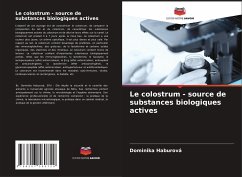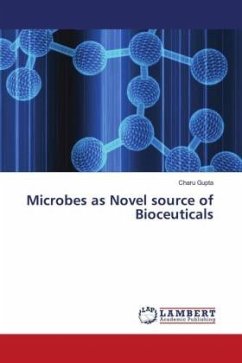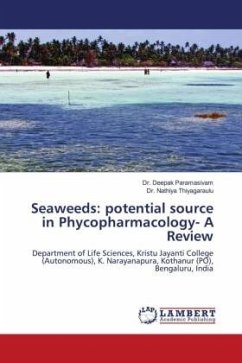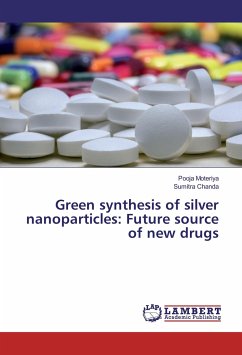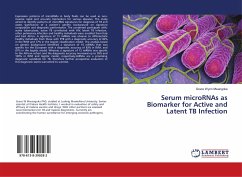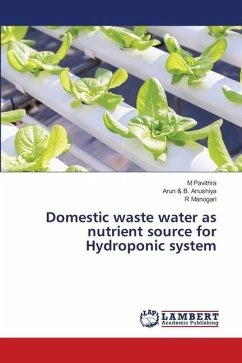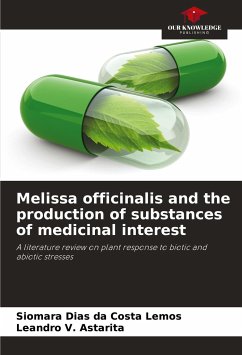
Colostrum - Source of Biological Active Substances
Versandkostenfrei!
Versandfertig in 6-10 Tagen
24,99 €
inkl. MwSt.

PAYBACK Punkte
12 °P sammeln!
The aim of this book was to characterize the colostrum, to compare the composition of milk and colostrum, to characterize biologically active substances of colostrum and to describe their health effects. Colostrum is produced 3 - 7 days after parturition. Colostrum has more yellow colour, specific aroma, it is denser and saltier. In comparison with milk, in colostrum is higher content of proteins, especially immunoglobulins, fat, lactoferrin and some organic acids, vitamins and minerals. In the colostrum is lower content of lactose. In colostrum are these important biologically active substanc...
The aim of this book was to characterize the colostrum, to compare the composition of milk and colostrum, to characterize biologically active substances of colostrum and to describe their health effects. Colostrum is produced 3 - 7 days after parturition. Colostrum has more yellow colour, specific aroma, it is denser and saltier. In comparison with milk, in colostrum is higher content of proteins, especially immunoglobulins, fat, lactoferrin and some organic acids, vitamins and minerals. In the colostrum is lower content of lactose. In colostrum are these important biologically active substances e.g. immunoglobulins, lactoferrin, lysozyme, lactoperoxidase (antimicrobial effect), beta - Lg (antimicrobial, antioxidant, anti-carcinogenic effect), lactoferrin (anti-carcinogenic effect), glycomacropeptide (atimimicrobial, antihypertensive and antithrombotic effect). Colostrum is recommended in autoimmune, viral, cardiovascular and carcinogenic diseases, diabetes and so on.



